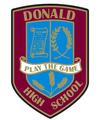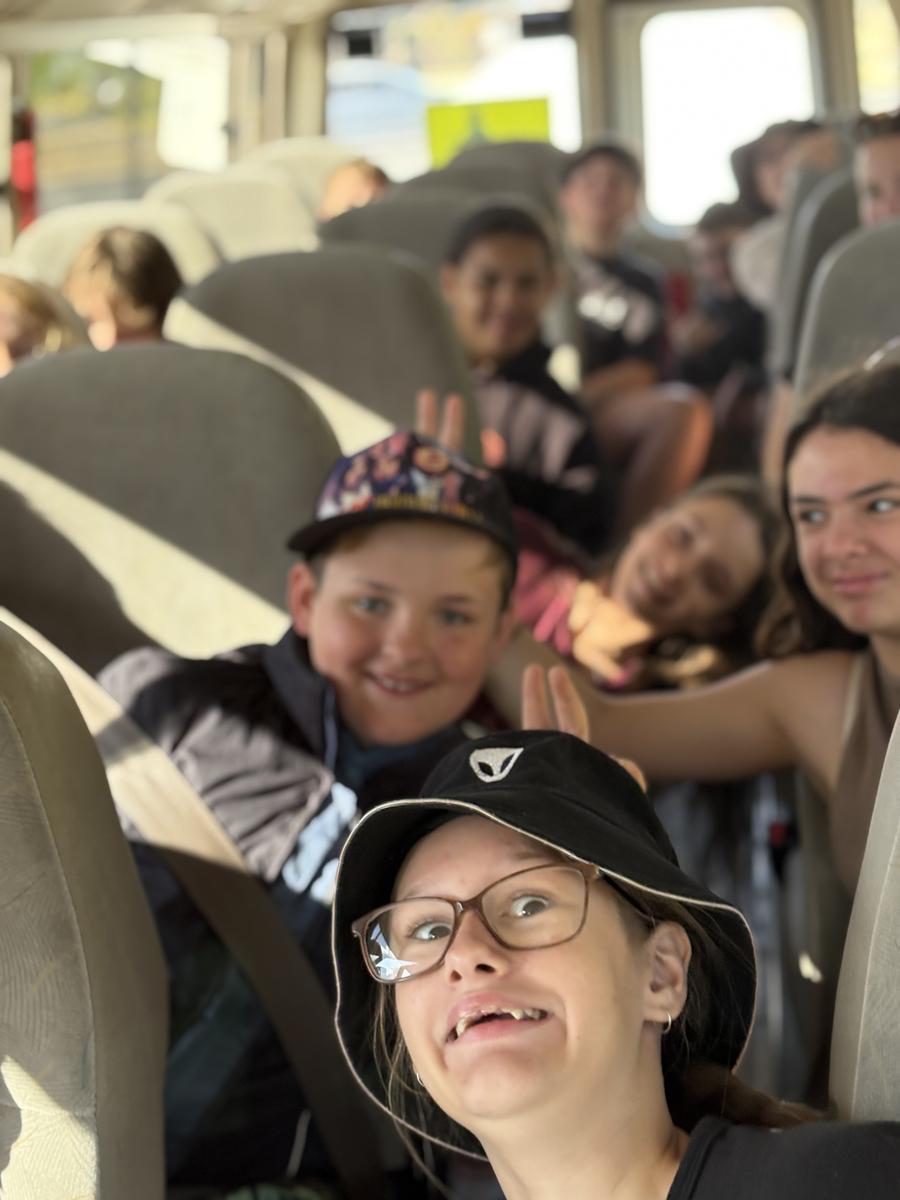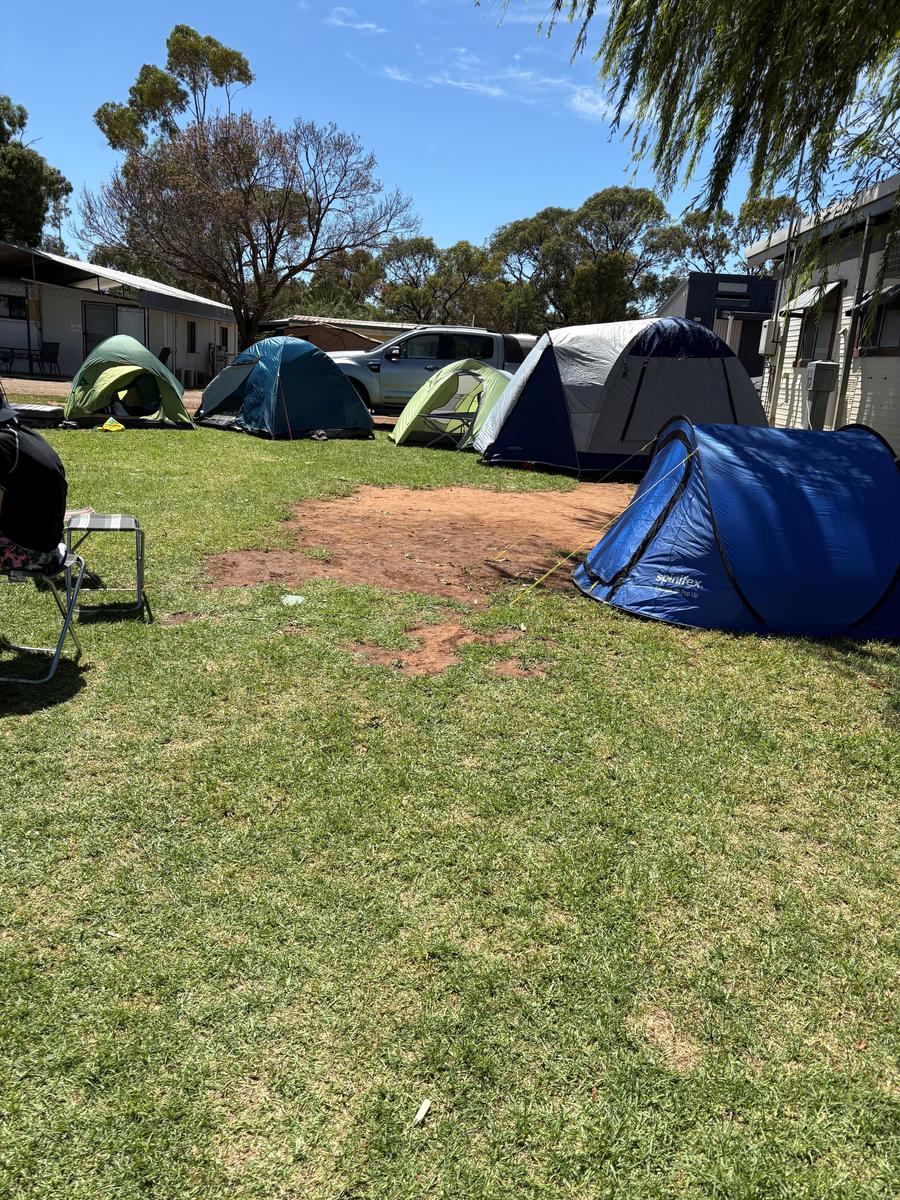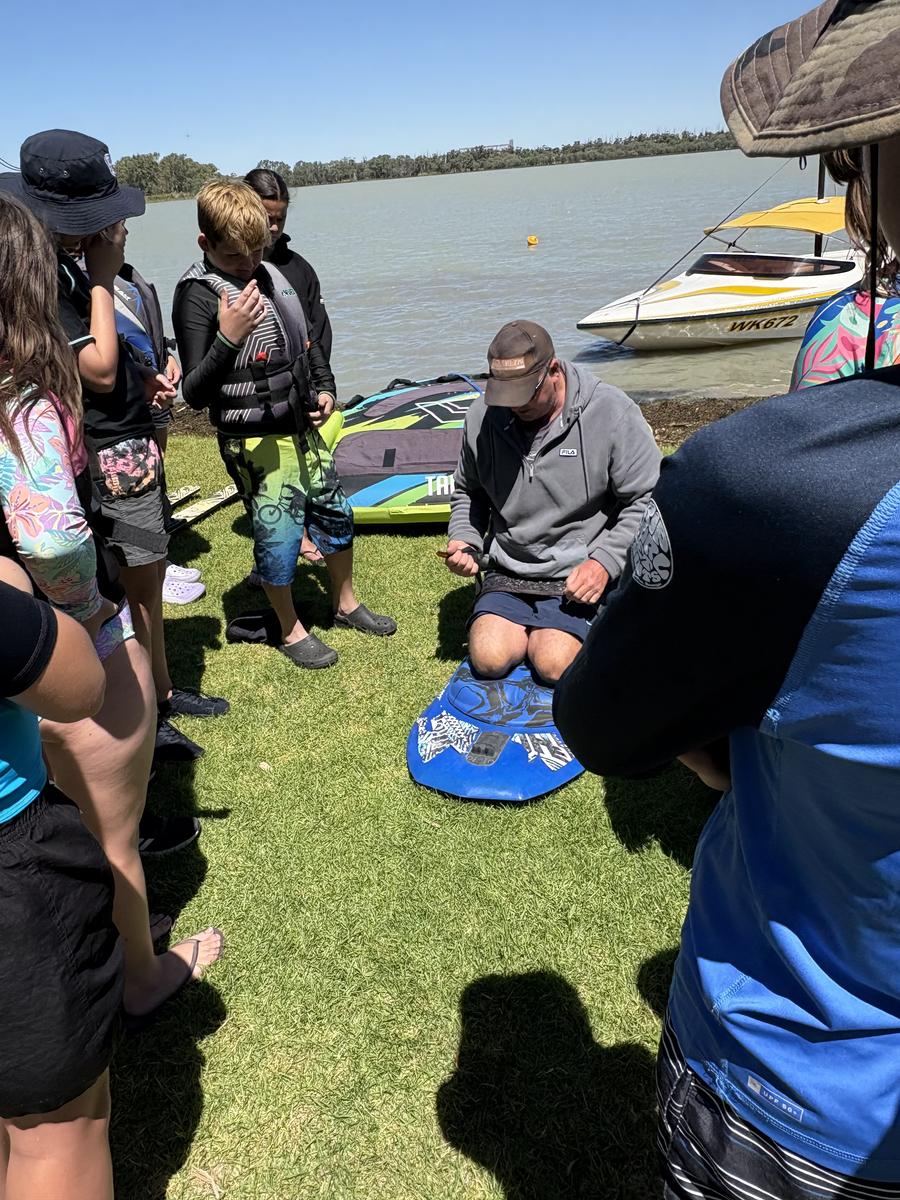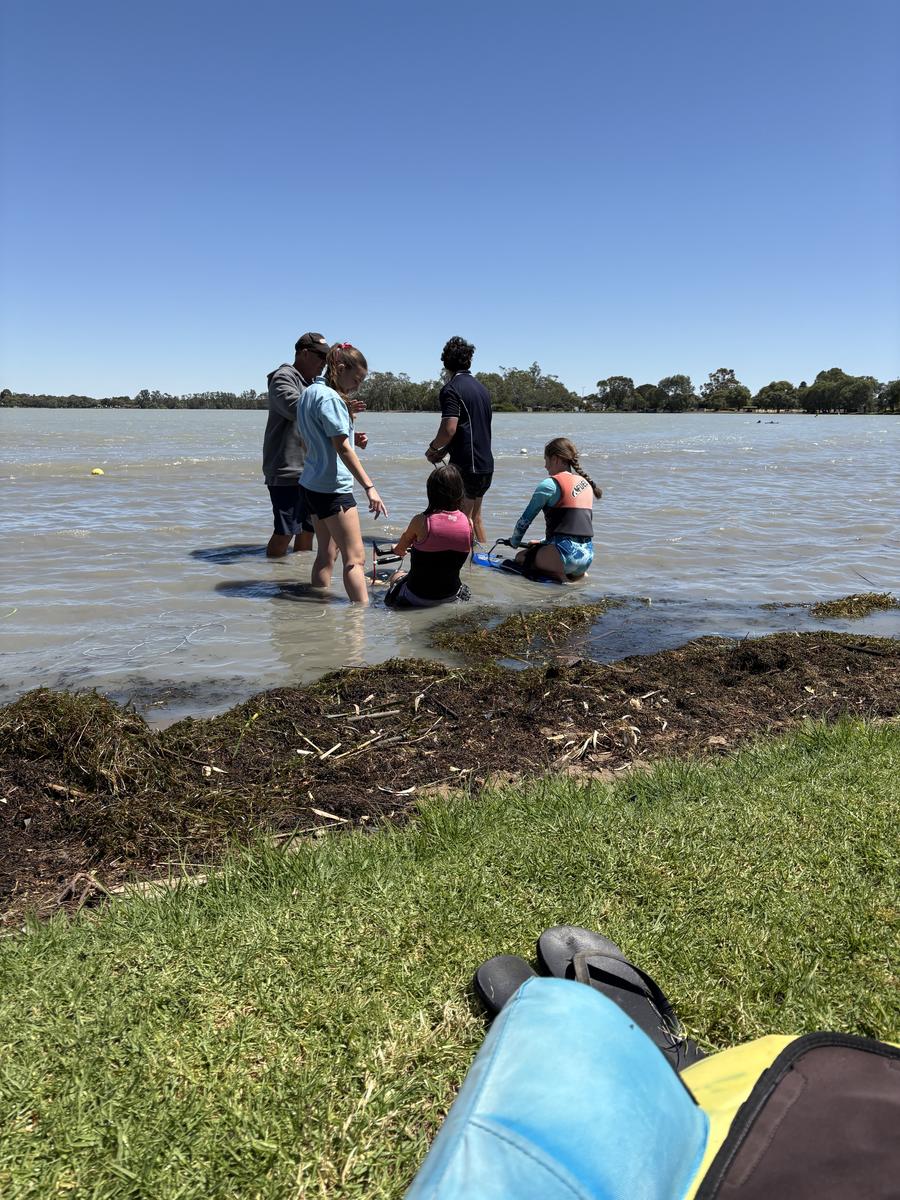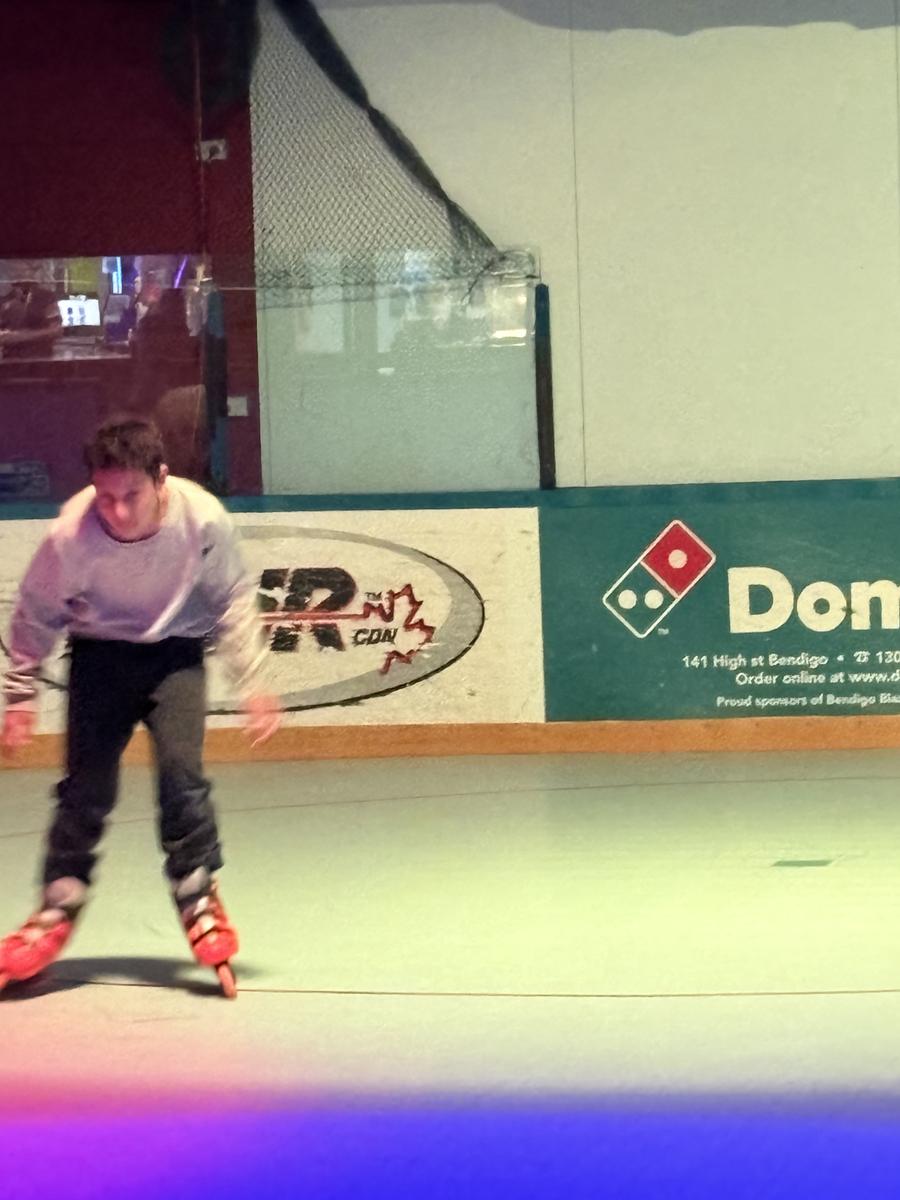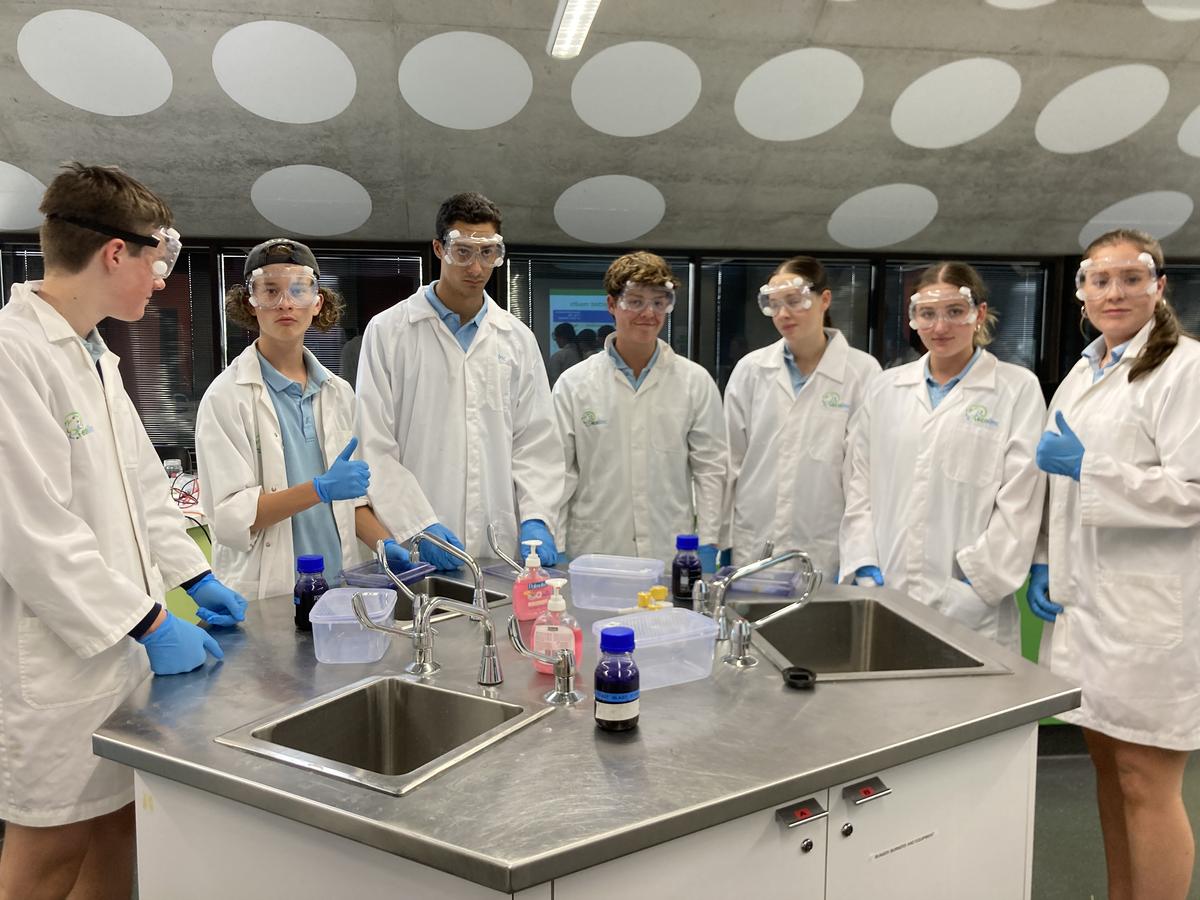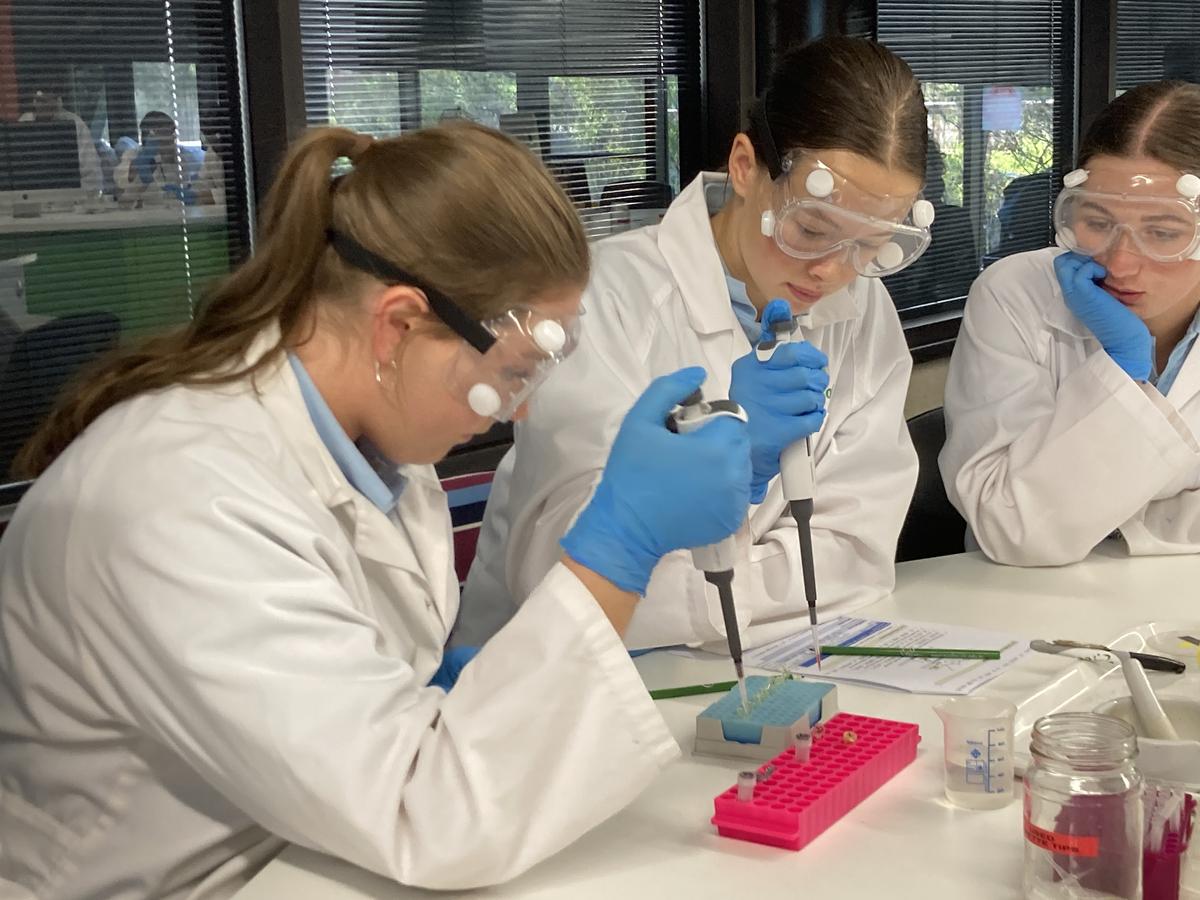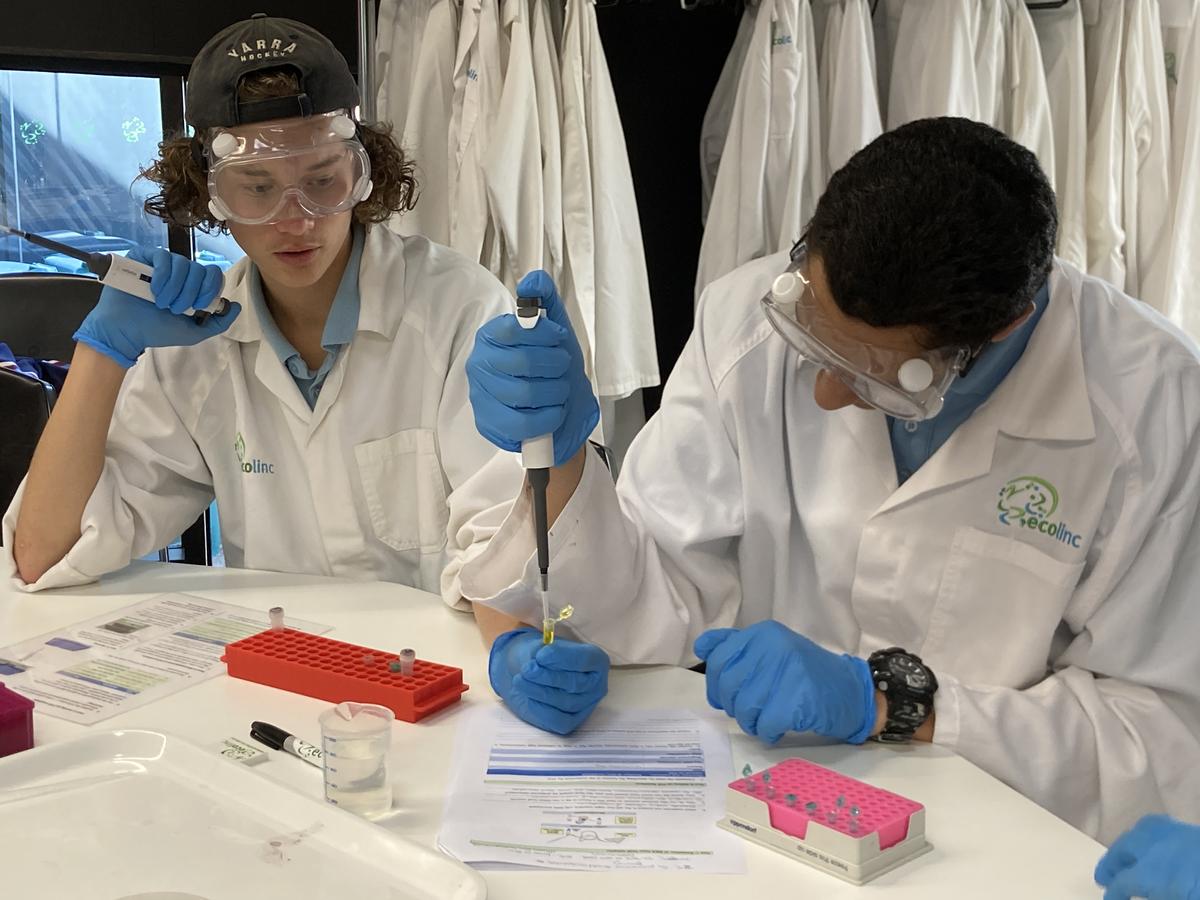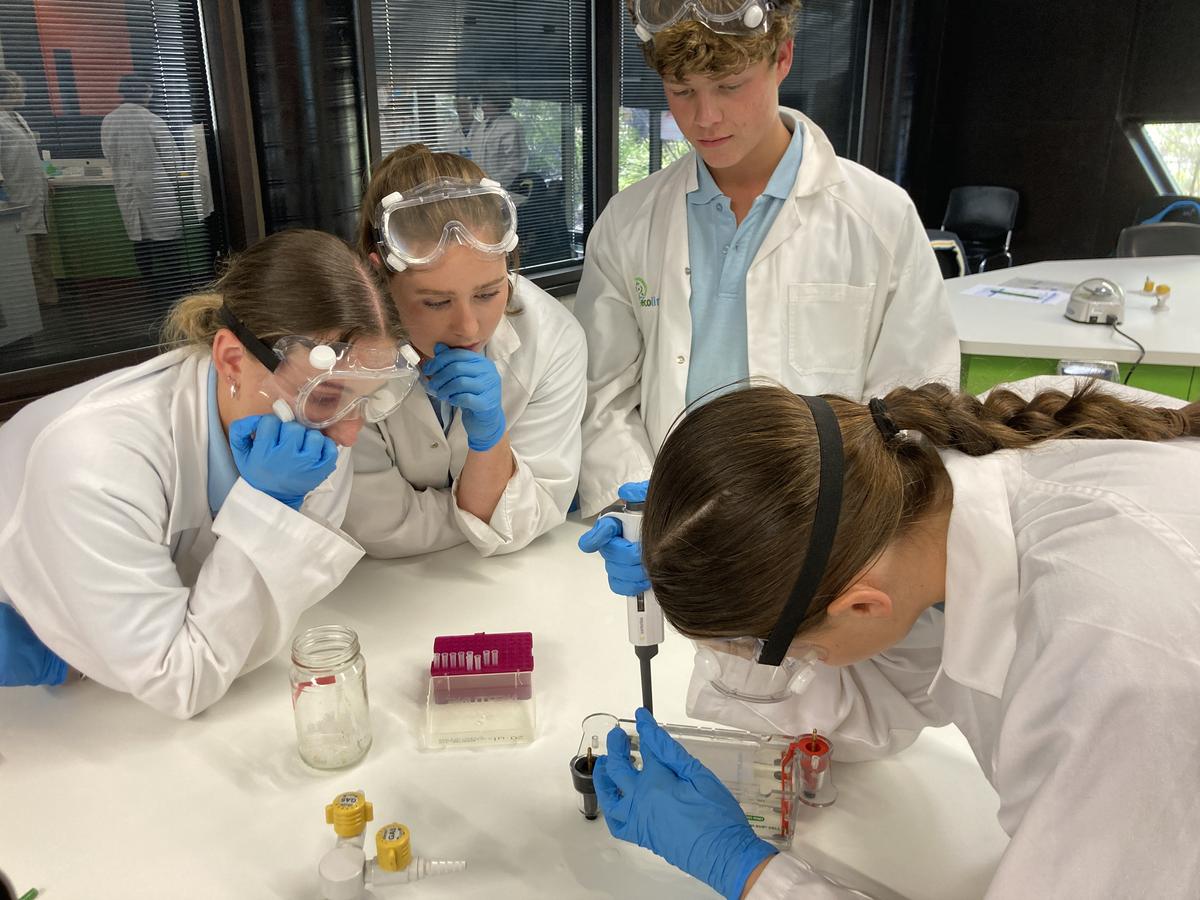Camps, excursions and activities.

Year 7 Boort Camp
Last week, 14 students headed to Lake Boort for our Year 7 Transitions Camp. A huge thanks to Mr. Aikman and Miss Cavanagh for accompanying the students, and to Mr. Tatchell for coming on Friday to help with the pack-up and bringing us home.
On Wednesday, Mr. Tatchell and the Vocational Major students helped set up the camp and organised some fun activities. The students then enjoyed some thrilling time on the speedboats, learning to knee board and use the biscuit. A couple even tried water skiing!
A special thank you to Kelvin Hepworth and Tony Fagan for bringing their speedboats to Lake Boort and adding an extra thrill to the experience.
Thursday morning, we were up early for breakfast and to pack our lunches for a fun-filled day in Bendigo. Our first stop was the ten-pin bowling centre, where students were divided into teams and played two games. From there, we went to The Zone, where we enjoyed a peaceful lunch before heading out for 18 holes of mini golf. Mr. Aikman was the star of the golf game, scoring an impressive 51 shots for the course. Afterward, we split into two teams for some laser tag. The students had a blast chasing each other through the maze, but Mrs. Battersby emerged as the champion of the day, winning both games convincingly. Finally, the students tested their skills at roller skating. From where the staff were sitting, it looked like heaps of fun! Congratulations to Max, who won the limbo contest.
After returning to camp, the students enjoyed a swim while Mr. Aikman cooked us a magnificent BBQ dinner.
Friday morning was fairly relaxed for everyone. After packing up all the tents and bags, Mr. Tatchell and Miss Cavanagh took the students on a stroll around the lake.
Thanks again to the staff and parents who came along, and to the students who were very well-behaved throughout the camp.
Jane Battersby
Year 7 Coordinator
Yr12 Biology - Ecolinc Excursion - Genetically Modified Organisms
Farmers have been genetically modifying organisms for centuries to encourage specific traits in crops, such as drought resistance or high yield. This has relied on cross breeding between individual plants to obtain the desirable trait in subsequent generations. There is now the option to remove genes, alter them or place genes for selected traits directly into another organism, which is known as genetic modification (GM).
In Australia, products derived from GM crops for use in processed foods include cotton, safflower and canola while non-food crops include blue carnations. Some imported GM food crop products can be found in processed foods in Australia. There are also GM components in various medications and stockfeed.
On Thursday 27th February Yr12 Biologists headed to Ecolinc. While there they extracted DNA from soy crisps and chips, they then used Polymerase Chain Reaction to duplicate copies of the target DNA, which was genetically modified. Once the DNA had been multiplied for 40 cycles the Biologist set up and ran gel electrophoresis to then be able to analyse the result to determine whether their food sample had been genetically modified.
By attending Ecolinc the students were able to conduct hands on experiments which will support their understanding of the theory.
